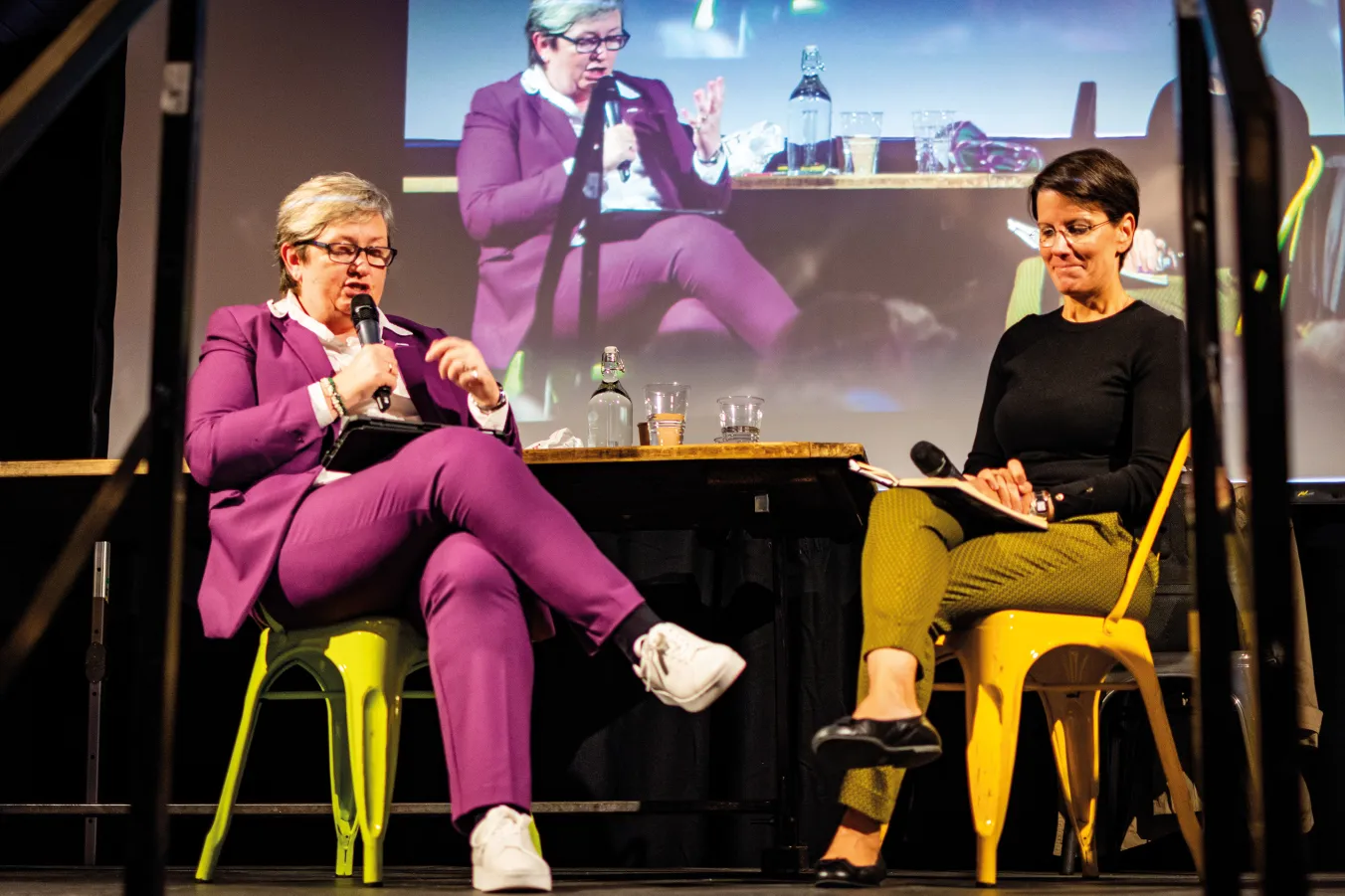The proxy war in Ukraine is heading to a denouement with the US and Russia dividing the spoils while the European powers stand bewildered by events they have been wilfully blind to, says KEVIN OVENDEN
The Battle of Holbeck Moor – the little-known precursor to Cable Street
The mobilisation in 1936 of 30,000 anti-fascists to drive Sir Oswald Mosley and his Blackshirts out of Leeds has been commemorated in the city, reports PETER LAZENBY

THE famed Battle of Cable Street in London on October 4 1936 saw up to 250,000 anti-fascists mobilise against Sir Oswald Mosley’s fascist Blackshirts.
But a week earlier, on September 27, the lesser-known Battle of Holbeck Moor took place in Leeds. Thirty thousand anti-fascists mobilised and drove 1,000 fascist Blackshirts and their supporters from the city.
Yesterday the mobilisation was commemorated and celebrated with the unveiling of a plaque at an event backed by more than 30 Leeds organisations including trade union branches.
More from this author

ROS SITWELL reports from a conference held in light of the closure of the Gender Identity and Development Service for children and young people, which explored what went wrong at the service and the evidence base for care

ROS SITWELL reports from the three-day FiLiA conference in Glasgow

ROS SITWELL reports on a communist-initiated event aimed at building unity amid a revived women’s movement

London conference hears women speak out on the consequences of self-ID in sport
Similar stories

DAVID ROSENBERG assesses the far-right threat in the wake of the summer's Islamophobic pogroms and asks what lessons we can learn from the 1930s

From Lee Anderson's sad parliamentary antics to Tommy Robinson's lager-soaked rallies, STEPHEN ARNELL skewers the hollow bravado of Britain's resurgent right and looks at how mass mobilisation can counter its influence

JIM JUMP welcomes the new booklet published by the RMT and International Brigade Memorial Trust about the seafarers and rail workers who fought Franco’s fascism in Spain










